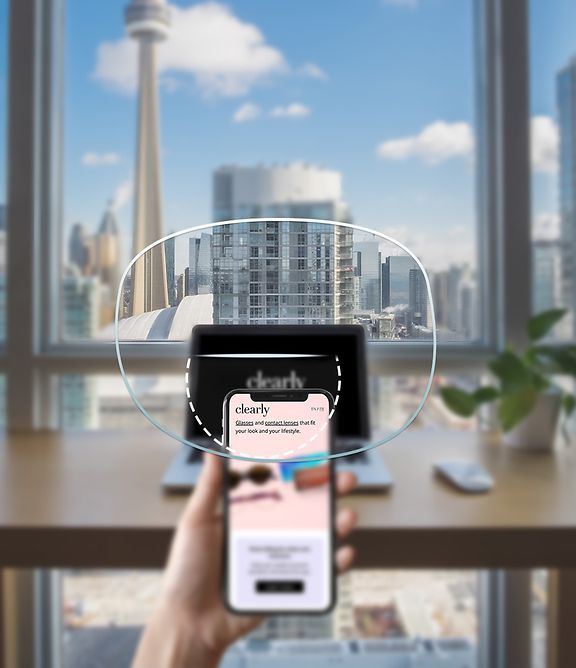What is presbiopia and an ADD power?
ADD power corrects presbyopia, which affects people in their 40s and hinders their ability to focus on near objects. This makes it hard to see arm’s length (e.g., a book or phone) and far-away objects at the same time.





